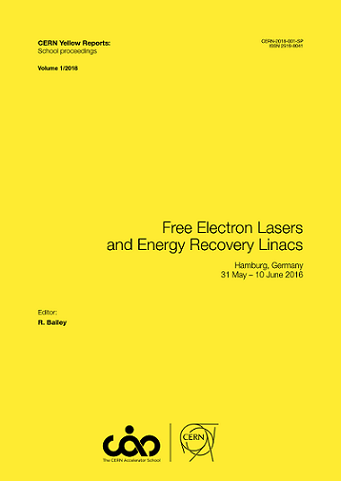High-Gain Regime: 3D
DOI:
https://doi.org/10.23730/CYRSP-2018-001.483Keywords:
High-gain regime, FELs.Abstract
Although the FEL interaction is predominantly longitudinal in nature, transverse physics cannot be neglected if one wants to have a complete picture of the FEL. Specifically, we must understand the roles of radiation diffraction and how the electron’s betatron motion in the undulator affects performance. We discuss these effects emphasizing the underlying physical picture. A high-gain FEL has a set of transverse modes, of which the fundamental mode has the largest growth rate and thus become dominant as the radiation-electron beam system travels along the undulator. To maximize the growth rate, the electron beam phase space distribution should be matched to the guided optical beam, leading to criteria on electron beam parameters. The FEL gain length is presented near the end of this chapter.
Downloads
Published
Issue
Section
License
Authors who publish with this publication agree to the following terms:
- CERN retains copyright and publishes the work licensed under the Creative Commons Attribution License 4.0 that allows others to share the work with an acknowledgement of the work's authorship and initial publication in this series.
- Authors are able to enter into separate, additional contractual arrangements for distribution of the published version of the work (e.g., post it to an institutional repository or publish it in a book), with an acknowledgement of its initial publication in this series.
- Authors are permitted and encouraged to post their work online (e.g., in institutional repositories or on their website) prior to and during the submission process, as it can lead to productive exchanges, as well as earlier and greater citation of published work (See The Effect of Open Access).

